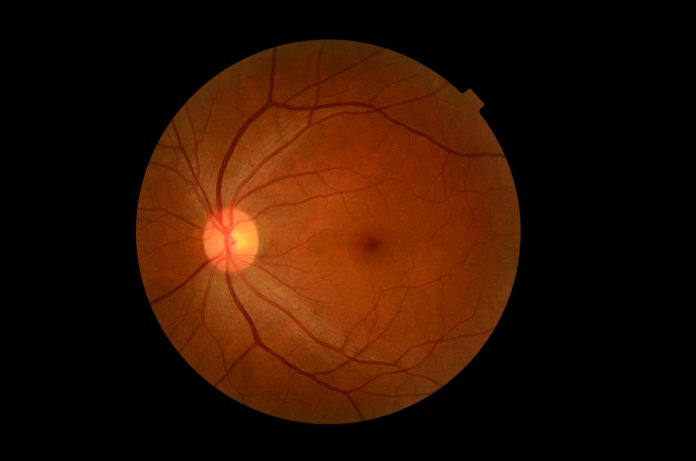Max Halford FBDO CL, Clinical Lead for the Association of British Dispensing Opticians, tells us what we need to know about Diabetic Retinal Screening in this eye health focus
Diabetic Retinal Screening is a separate test to a routine eye test and involves different tests and procedures. It is vital it is carried out on a regular basis as outlined by the local diabetic retinal screening service for anyone with diabetes.
Diabetic Retinal Screening is different from most other types of screening appointments as its purpose is to prevent the development of complications in patients who already have diabetes, while other types of screening programmes aim to detect the disease in a healthy population.
Diabetic retinopathy
The purpose of the appointment is to look for signs of diabetic retinopathy – a disease that affects the fine blood vessels in the retina at the back of the eye. The retina can best be described as the screen that receives all of the light that enters the eye and converts it to electronic signals that are transmitted to the brain to create our vision.
The retina, which lines the inner surface of the back of the eye, is made up of many layers and very fine blood vessels. It is these blood vessels that can be damaged in diabetes leading to diabetic retinopathy.
In this condition, the fine blood vessels around the macula, the most sensitive part of the retina, which you use to see detail, start to leak and to bleed causing a reduction in vision. The reason for this is that high glucose levels in the bloodstream damage the linings of the vessels, causing them to become permeable and also to contract. This is why strict glucose control is so important to try and maintain.
At the appointment, a brief history is taken by the professional carrying out the screening, including the type of diabetes and any prescribed medication. The patient’s distance vision is checked whilst they are wearing any prescribed long-distance spectacles. This would be the glasses the patient would normally wear for either driving or television viewing.
Then, dilating drops are administered. These cause the pupil at the front of the eye to relax, allowing a far better view of the back of the eye. They take approximately 25 minutes to work and the effect can last for some considerable time. This is why it is important not to drive to the appointment or for up to six hours afterwards. The patient will also be very aware of bright lights, so sunglasses are definitely advisable however dull a day.
Once the drops have taken effect, the patient is invited back into the consultation room and digital photographs are taken of the back of the eye. This is completely painless, although the patient is aware of a bright flash as the camera goes off.
At this point, the screener will check the photograph’s quality and ensure they are suitable to be graded. It is important that a clear image is captured and there are no artefacts which might lead to inconsistent results. The images are then usually forwarded to a diabetic retinal grader who will analyse them and check that everything is looking ok and highlight any problems or concerns. A letter is then generated to the patient with the results of the appointment.
There are three possible outcomes to the screening:
- No changes detected.
- Background retinopathy detected.
- Changes have been found which required referral to a specialist for further opinion and/or treatment.
In all cases, the results letter will explain the next steps and when the patient is due to be seen again. A copy is sent to the patient’s GP.
The diabetic retinal screening service is run by Public Health England and is usually delivered in opticians’ practices or dedicated screening centres. In some areas, specially designed screening vehicles are utilised – particularly in rural areas.
The details of all patients with diagnosed diabetes are held on a central register, and this is used to invite everyone over the age of 12 years to an annual screening appointment.
Sight loss
At present, around 4,500 people are at risk of sight loss caused by diabetic retinopathy each year with the risk increasing the longer the patient has the disease, the poorer their control of their blood sugar levels and their blood pressure measurement.
Screening is totally free and takes little time, however, the difference an early diagnosis of diabetic retinopathy makes to one that is delayed is startling and all people with diabetes should be actively encouraged to attend this vital annual appointment.








